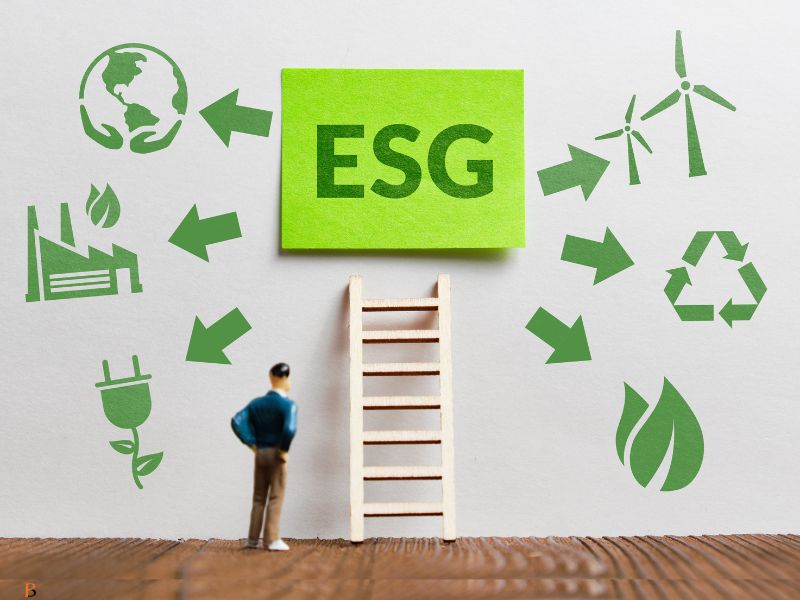.png)

Sourav Mishra, a communications professional, holds a global ESG CFA from the CFA Institute, blending finance and sustainability insights
February 12, 2025 at 4:34 AM IST
The Environmental, Social, and Governance investment movement, once hailed as capitalism’s moral compass, now faces existential reckoning. It’s been a rollercoaster ride over the past few years. Global sustainable fund assets hit a record $3.2 trillion dollars in 2024, growing 8% from the previous year. However, the sector remains paralysed by greenwashing scandals, regulatory whiplash, and a stark underperformance that has investors fleeing.
Morningstar data reveals a paradox. The fourth quarter of 2024 saw ESG fund flows rebound to $16 billion globally from $9.2 billion in the previous quarter. This masks a five-quarter streak of net outflows in Europe’s “darkest green” or “Article 9” funds and a $4.3 billion exodus from US strategies during the same quarter. The dissonance between ESG’s aspirational rhetoric and its financial reality can no longer be ignored.
Europe’s dominance—84% of global ESG assets—is crumbling under its own regulatory ambition. The EU’s Sustainable Finance Disclosure Regulation, designed to root out greenwashing, has instead triggered €7.3 billion in the December quarter redemptions from its strictest Article 9 funds, including €6.4 billion from such equity funds. Meanwhile, vague “Article 8” or “light green” funds attracted €52 billion last quarter, primarily driven by demand for fixed-income funds.
As investors vote with their wallets, corporations and lawmakers in Europe are questioning the future of ESG rulemaking, especially in finance. Germany and France are demanding a regulatory rollback, citing investor fatigue, even as the European Commission scrambles to streamline rules. The SFDR’s failure to balance rigour with practicality has left ESG’s flagship market in disarray.
Across the Atlantic, ESG faces ideological extinction. The US saw $20 billion in sustainable fund redemptions in 2024—a casualty of political weaponisation and the S&P Global Clean Energy Index’s 50% plunge since 2022, even as the S&P 500 Index returned about 50% during the same period.
With Trump-era deregulation looming, asset managers are quietly rebranding “ESG” as “responsible investing” to dodge backlash. Yet this retreat ignores a critical truth: 76% of institutional investors still seek climate disclosures from the companies they invest in or cover, as per PwC. The vacuum left by ESG’s collapse risks sidelining measurable progress on decarbonisation.
Emerging Dilemmas
The developing world tells a quieter story. India’s ESG fund assets remain under $1.5 billion despite a roaring stock market—a disconnect highlighting the Global South’s dilemma. With just 11 ESG-themed funds between 2018 and 2021, new launches have been snail-paced, and the existing ones have failed to catch investors’ fancy. Can emerging economies prioritise sustainability when 55% of India’s energy still comes from coal? The answer lies in blended finance models, yet data suggests only 10-15% of global ESG inflows target emerging markets.
A few imperatives could salvage ESG from irrelevance, including performance transparency, regulatory realism, and political neutrality. The sector’s survival hinges on admitting an inconvenient truth: ESG is neither a virtue badge nor a guaranteed alpha generator. It is a risk lens—one that must prove its worth in portfolios, not press releases. Investors and fund managers must be proactive in addressing the challenges while capitalising on the growing demand for sustainable investing. As they say, sustainability isn’t a trend, it’s a timeline. The timeline, however, is shortening.




